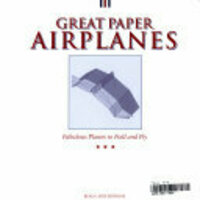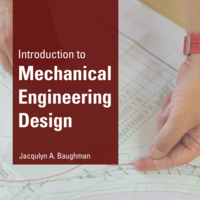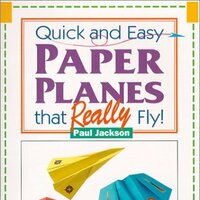Search
Books+
Searching 1,730 books
Search related to the career Aerospace Engineer
Aerospace Engineering Specializations:
1. Aerodynamics and Fluid Mechanics: Focuses on the study of how air and other fluids interact with aircraft and spacecraft, including the design of wings, control surfaces, and propulsion systems.
2. Aerospace Structures: Involves the design and analysis of aircraft and spacecraft structures, such as fuselages, wings, and space frames, ensuring they can withstand various loads and environments.
3. Flight Mechanics and Controls: Deals with the dynamics and control of aircraft and spacecraft, including the design of autopilot systems, stability analysis, and flight control algorithms.
4. Aerospace Propulsion: Concentrates on the design and development of propulsion systems, including jet engines, rockets, and electric propulsion, to achieve efficient and reliable thrust for aircraft and spacecraft.
5. Avionics and Systems: Involves the integration of electronics, sensors, and communication systems into aircraft and spacecraft, including navigation systems, flight management systems, and onboard computers.
6. Aerospace Materials: Focuses on the selection and development of materials used in aerospace engineering, considering factors such as strength, weight, heat resistance, and durability.
7. Space Systems Engineering: Deals with the design, development, and operation of systems used in space missions, including satellites, space probes, and space stations.
8. Robotics and Autonomous Systems: Involves the application of robotics and autonomous technologies in aerospace engineering, such as autonomous drones, planetary rovers, and unmanned spacecraft.
9. Aerospace Manufacturing: Concentrates on the production and assembly of aerospace components and systems, including manufacturing processes, quality control, and supply chain management.
10. Human Factors and Ergonomics: Focuses on designing aerospace systems and interfaces that consider human capabilities, limitations, and safety, ensuring optimal human-machine interaction.
11. Spacecraft Design and Systems: Involves the overall design and integration of spacecraft systems, considering factors such as mission requirements, payload accommodation, and orbital dynamics.
12. Structural Dynamics and Aeroelasticity: Deals with the study of how structures and materials respond to dynamic loads and aerodynamic forces, ensuring structural integrity and stability during flight.
These specializations represent various aspects of aerospace engineering, allowing engineers to specialize in specific areas based on their interests and career goals.
Source: Various AI tools



























